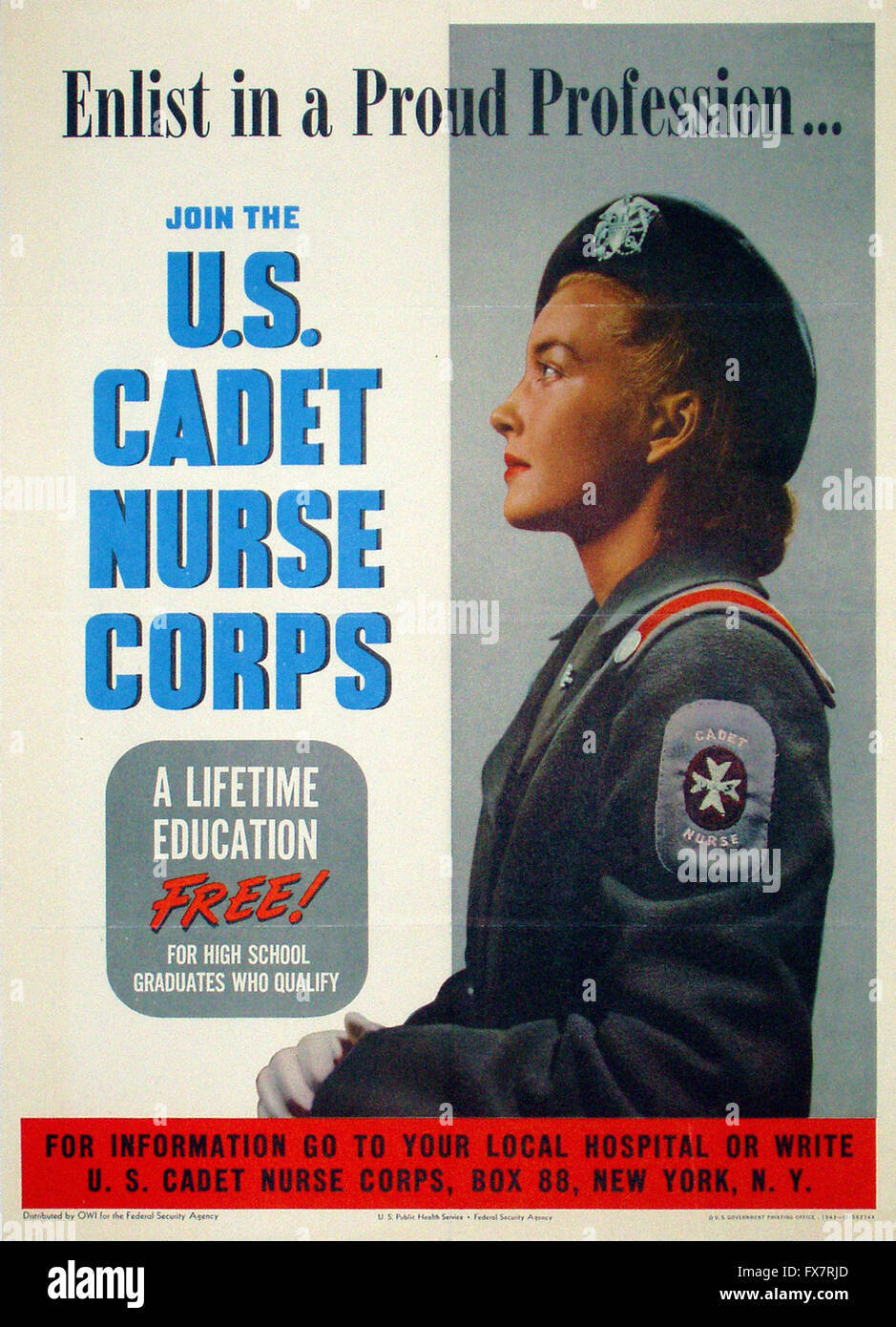Connecticut Connections
Connecticut is rich with Black history and stories of the trailblazing efforts that African American people have contributed to American History. The Constitution state is well known for African Americans who changed the course of history, such as Harriet Beecher Stowe, whose abolitionist Uncle Tom’s Cabin helped changed the world, the first boarding school for women of color in Canterbury founded by Prudence Crandall, who after a tumultuous seventeen months that the school was open for African American young women, was forced to close because of racism.
But the many unsung African American’s who contributed to Connecticut’s rich history are often over looked.
Stratford is the birthplace and home of Susan Elizabeth Freeman, who served as the Chief Nurse in the first overseas unit of black nurses. Freeman joined the Army in 1941 and was quickly promoted to first lieutenant. She later became the first black nurse to be promoted to captain. The military accepted very few black nurses during World War II.
Captain Freeman was a 1935 graduate of Stratford High School, attended Freedmen’s Hospital Training School where she received her RN degree, and did post graduate work at Columbia, Howard, and Catholic Universities.
Her first assignment in 1941 with the Army was at Camp Livingston in Louisiana, where, during her travel to Louisiana was told in St. Louis that she was not allowed to ride in the Pullman Car, and, after intervention by a friend was told to ride in the Lower 13, which turned out to be a private Pullman berth.
When she first arrived at Camp Livingston then Lieutenant Freeman she, along with other black nurses and doctors, were segregated and only allowed to treat black patients. After a promotion at Camp Livingston she was shipped to North Africa and spent a year in Liberia.
Capital Freeman was the recipient of many citations and awards, including the Mary Mahoney Award for Service. After her honorable discharge she returned to Stratford. She was a founding member of the National Association of Colored Graduate Nurses and Chi Eta Phi Sorority. Born on August 4, 1903, she died in 1979 in the West Haven Veterans Hospital.
Connecticut also had one of the most famous regiments during the Civil War.
- The 29th Connecticut Colored Infantry Regiment, was among the first Union Soldiers to enter a fallen Richmond in 1865, the 29th have not always been lauded or even acknowledged. The troop faced racism, discrimination, and lower pay than white regiments. Still, they fought courageously and were even the first infantry units to enter Richmond, Virginia after it was abandoned by the Confederate Army
- Stratford has at least two soldiers that were in the 29th ; Mathias Blake, a sergeant in the division, who was mustered on January 5th , 1864, and mustered out on October 24th , 1865. and Edwin Freeman, a black man who was a musician. Musicians did whatever was needed—staffed ambulances, tended wounded, and even fought as the war raged on. Freeman was mustered in on January 2nd , 1864 and was mustered out on October 24th , 1865.
- Did you know that one of America’s most well-known abolitionists, John Brown was born right in Torrington? In 1859 John Brown lead the Harpers Ferry Raid, an effort to commence an armed slave revolt in the South by overtaking a United States arsenal at Harpers Ferry, Virginia – an effort that has been recognized as a foreshadowing of the Civil War. The pikes used by Brown and his men were actually crafted by the Collins Company in Collinsville, Connecticut.

